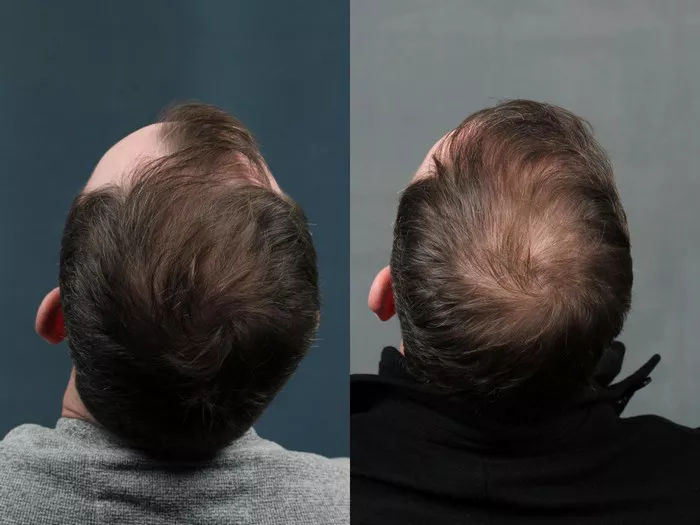A hair transplant is a transformative procedure that can provide individuals with a new lease on life by restoring their hairline and confidence. However, one common concern that often arises post-transplant is the formation of scabs in the recipient area. In this comprehensive guide, we will explore the factors leading to scabs after a hair transplant and provide effective steps to get rid of them, ensuring a smoother and more comfortable recovery process.
1. Understanding Scab Formation After a Hair Transplant
Before diving into the methods of removing scabs, let’s first understand why they form in the first place.
1.1. Natural Healing Process
Scabs are a natural part of the healing process. When hair follicles are transplanted, tiny incisions are made in the scalp, which can lead to the formation of small scabs as the body heals.
1.2. Dried Blood and Tissue
Scabs are often composed of dried blood, tissue, and other bodily fluids that accumulate in the recipient area.
1.3. Importance of Proper Care
Proper post-operative care is crucial to facilitate the healing process and minimize the formation of stubborn scabs.
2. Steps to Safely Remove Scabs After a Hair Transplant
Now, let’s explore the steps you can take to safely remove scabs and ensure a smooth recovery process.
2.1. Follow Your Surgeon’s Guidelines
Your hair transplant surgeon will provide specific post-operative care instructions. Follow them diligently to prevent complications.
2.2. Gently Cleanse the Recipient Area
Gently cleanse the recipient area with a mild, non-alcoholic solution recommended by your surgeon. This helps keep the area clean and aids in scab removal.
2.3. Be Patient and Avoid Picking
Resist the urge to pick at scabs. Picking can damage newly transplanted hair follicles and may lead to infection. Allow scabs to naturally loosen and fall off.
2.4. Stay Hydrated and Eat Nutritious Foods
Proper hydration and a balanced diet can facilitate the healing process, promoting healthy skin and scalp recovery.
3. Timeline for Scab Removal
Understanding the timeline for scab removal is crucial for a smooth recovery.
3.1. Days 7-10: Scab Softening
Around one week after the transplant, scabs may start to soften and become easier to remove with gentle cleansing.
3.2. Days 10-14: Gradual Shedding
Between the 10th and 14th day, the scabs will gradually shed on their own. Be patient during this period.
3.3. Avoid Forceful Removal
Resist the temptation to forcefully remove scabs. Allow the healing process to unfold naturally.
4. Potential Complications and When to Seek Help
While scab formation is a natural part of the healing process, there can be complications. It’s essential to recognize when to seek help.
4.1. Infection Warning Signs
If you notice signs of infection, such as increased redness, swelling, or pus around the scabs, contact your surgeon immediately.
4.2. Allergic Reactions
In rare cases, individuals may have allergic reactions to post-operative care products. If you experience unusual discomfort or irritation, consult your surgeon.
4.3. Slow Healing
If scabs persist for an extended period without improvement, it’s advisable to consult your surgeon for a thorough evaluation.
5. Aftercare for Optimal Results
To ensure your hair transplant yields optimal results, there are additional steps you can take.
5.1. Protect Your Scalp from the Sun
After scabs have fallen off, it’s crucial to protect your scalp from excessive sun exposure. Use a wide-brimmed hat or sunscreen to prevent sunburn.
5.2. Avoid Strenuous Activities
Refrain from strenuous physical activities for a few weeks after your transplant to prevent complications.
5.3. Patience is Key
Hair transplant results take time. Be patient and allow your transplanted hair to grow naturally, which can take several months.
See Aso: How to Wash Transplanted Hair: A Step-By-Step Guide
6. Conclusion: A Smooth Recovery Process
In conclusion, understanding the formation of scabs after a hair transplant and how to safely remove them is vital for a successful and comfortable recovery. Adhering to your surgeon’s guidelines, following proper aftercare, and recognizing potential complications are key to achieving optimal results from your hair transplant. Remember that patience is essential, and with the right care, you can enjoy the full benefits of your hair transplant, achieving a natural and confident appearance.


